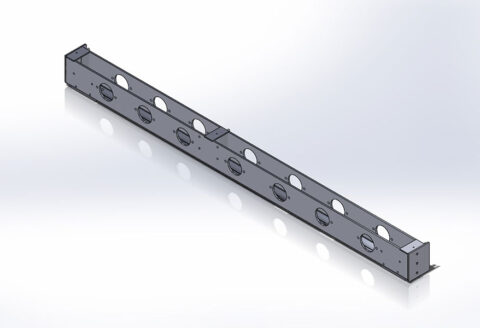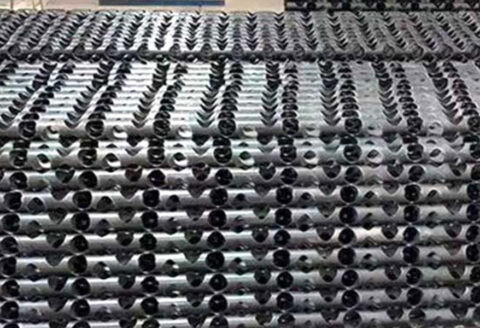In the structure of the motor, the iron core (magnetic core) plays an important role. It is used to increase the magnetic flux of the inductance coil and realize the conversion of electromagnetic power. The iron core is usually composed of a stator and a rotor. The production process of the motor core mainly includes the steps of stamping, punching sheet classification, and bonding, and involves mainstream processes such as riveting, welding, and buttoning.
Traditional welding processes for motor cores mainly include argon arc welding, gas shielded welding, resistance welding, etc., which have the advantages of mature technology, high reliability, low cost, low product accuracy requirements, and low equipment fixture and structure requirements. At the same time, it also has the following obvious defects: large thermal reaction zone, resulting in product deformation, material embrittlement, reduced material toughness, resulting in reduced motor performance; need for consumables, high energy consumption, high cost of use; not environmentally friendly, harmful to the human body; Workers have high requirements for operation, and human factors have a lot of interference; appearance defects and rough welds.
So, what are the advantages of laser welding technology applied to motor core solutions?
01. Comparison of the main features of laser welding and traditional welding technology
The laser welding method is argon arc welding, non-contact, heat-affected zone and deformation; the welding strength is general, the welding joint (weld seam) is small, the welding seam quality and appearance are good, no solder is needed, and it is environmentally friendly; the traditional welding method is resistance welding, Large amount of contact, large heat-affected zone and large deformation, large welding strength, large solder joints (weld seams), and general weld quality and appearance. We need to add solder and solder, which is not environmentally friendly and harmful to the human body.
02. Advantages and characteristics of laser welding
Laser welding is a welding method that uses a high-energy density laser beam as a heat source.laser cutting china is one of the important aspects of laser material processing technology. Laser welding can reduce the heat input, the metallographic change range of the heat-affected zone is small, and the deformation caused by heat conduction is also low; the verification of the welding process parameters of the 32mm plate thickness single pass welding can reduce the welding time of the thick plate, and even save the filling The use of metal; no electrode is needed, and there is no need to worry about electrode contamination or damage. Because it is not a contact welding process, the wear and deformation of the machine can be reduced.
The laser beam for laser welding is easy to focus, align and guide by optical instruments. It can be placed at an appropriate distance from the workpiece and can be redirected between the machine tool and tools or obstacles around the workpiece. Due to the above-mentioned space limitations, other welding rules cannot work. The workpiece can be placed in a confined space (under the control of a vacuum or internal gas environment). The laser beam can be focused in a small space and can be used to weld small and compact parts; it can be used to weld various materials, and can also be used to connect various heterogeneous materials.
Laser welding is easy to carry out automatic high-speed welding, and can also be controlled by digital or computer; when welding thin materials or small diameter wires, there will be no trouble of reflow during arc welding; it is not affected by magnetic fields (arc welding and electron beam welding are easy), and can Accurately align the weldment; can weld two metals with different physical properties (such as different resistance); no vacuum, no x-ray welding is required for perforation welding, the bead aspect ratio can reach 10:1, and the laser beam can be switched The device is transferred to multiple workstations.


